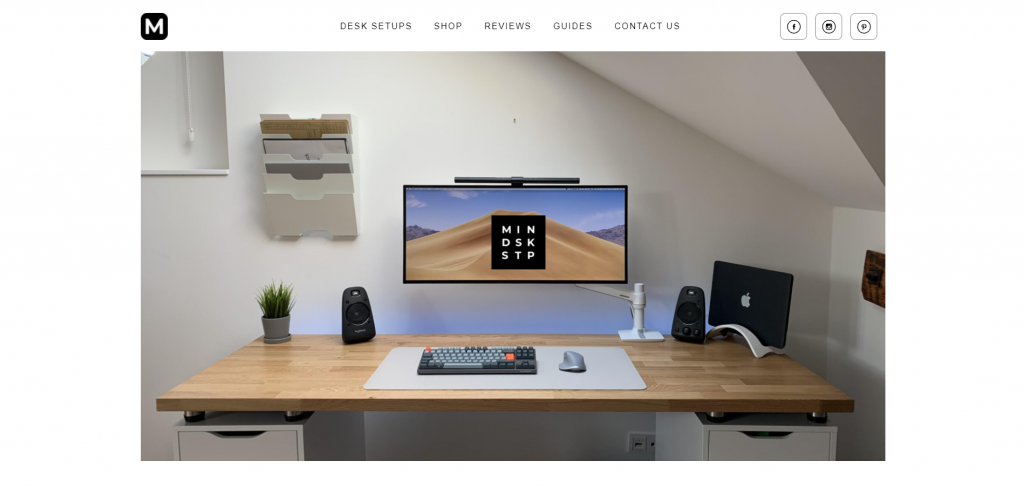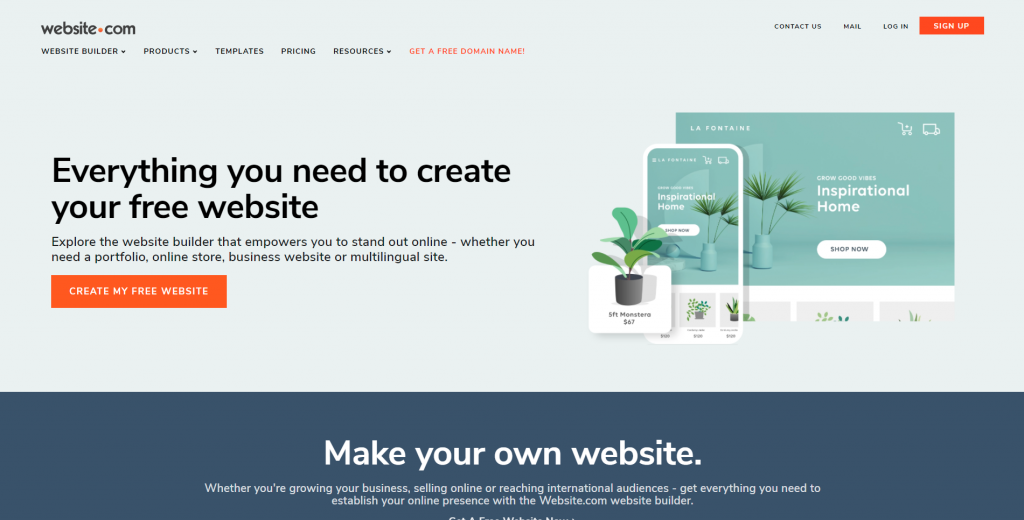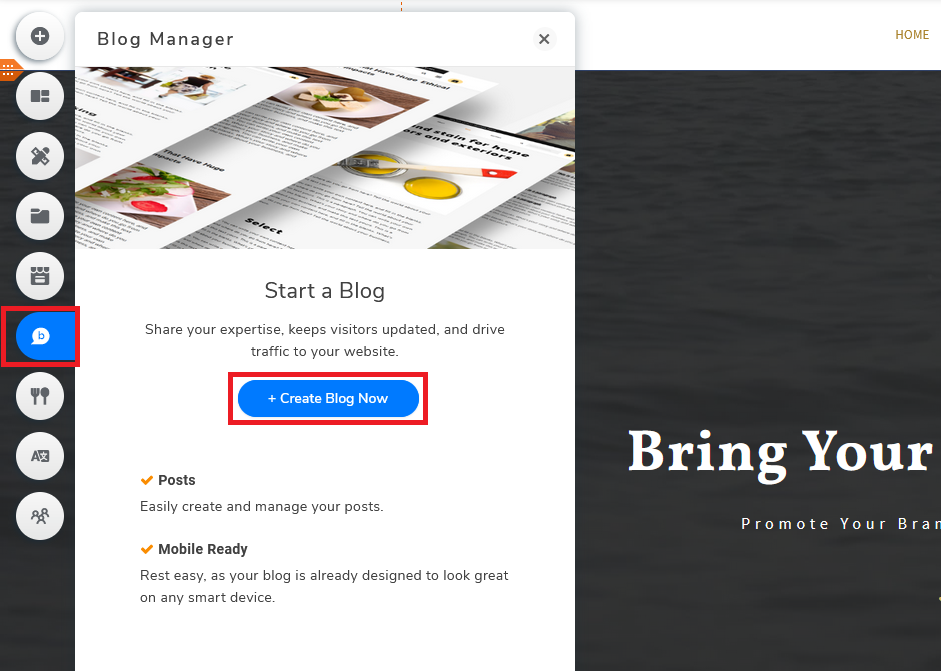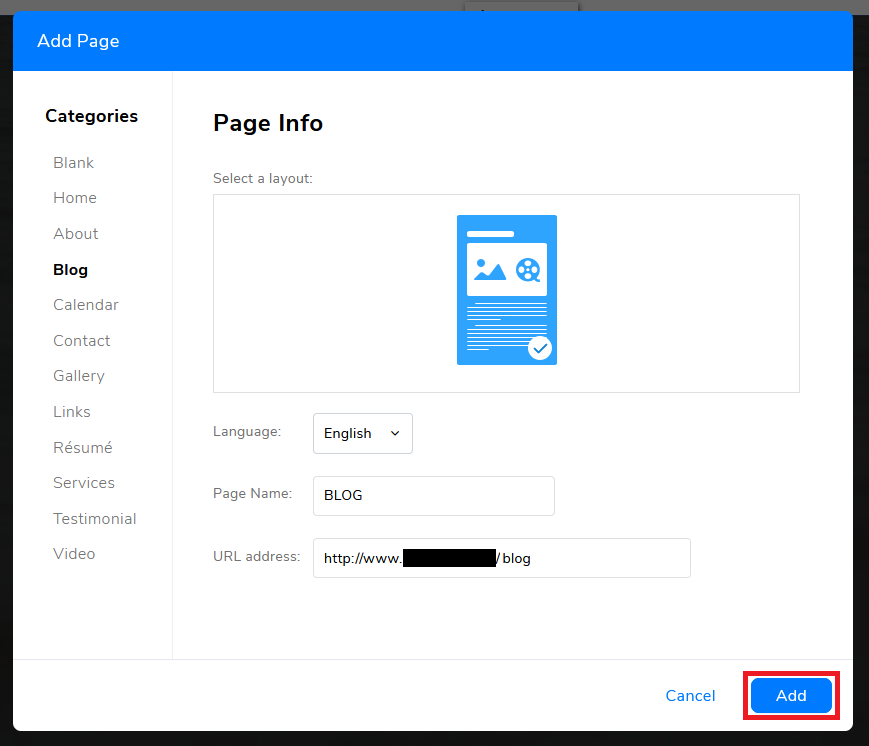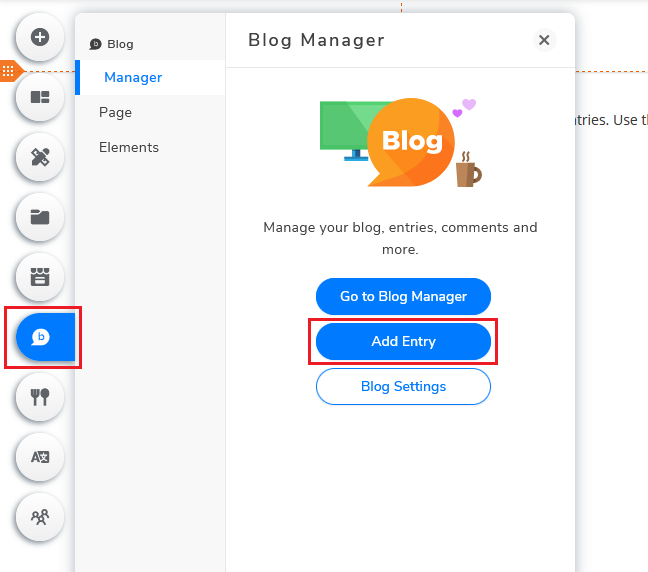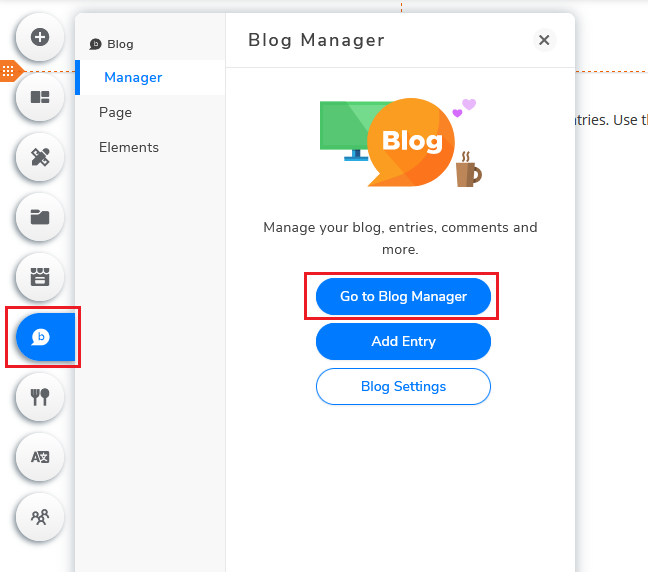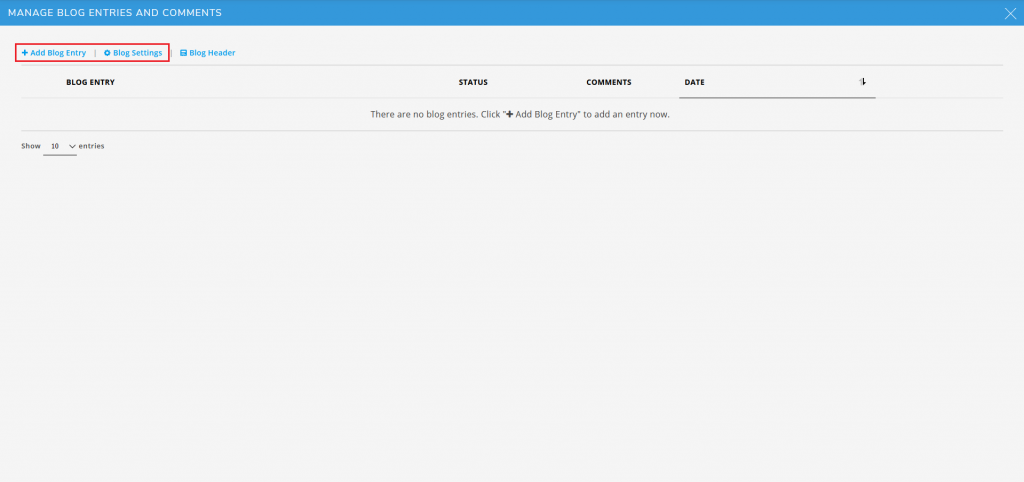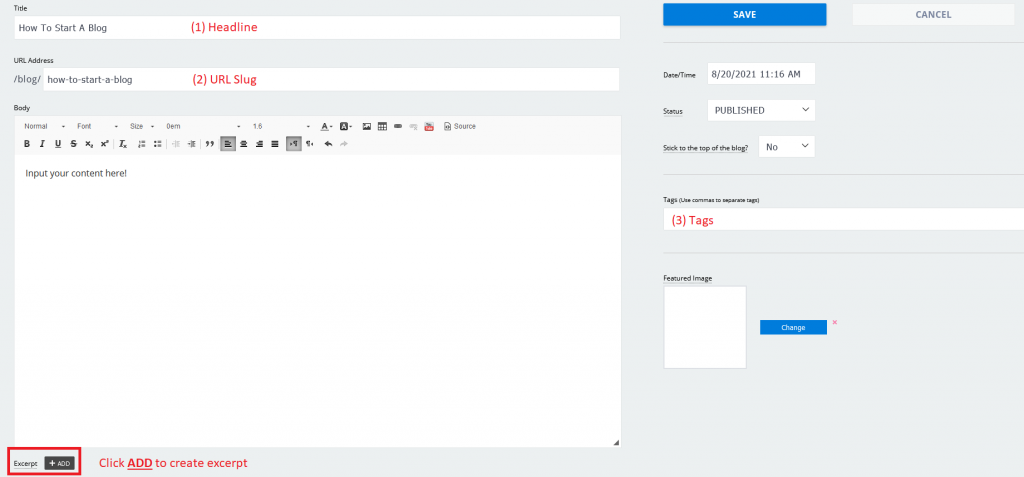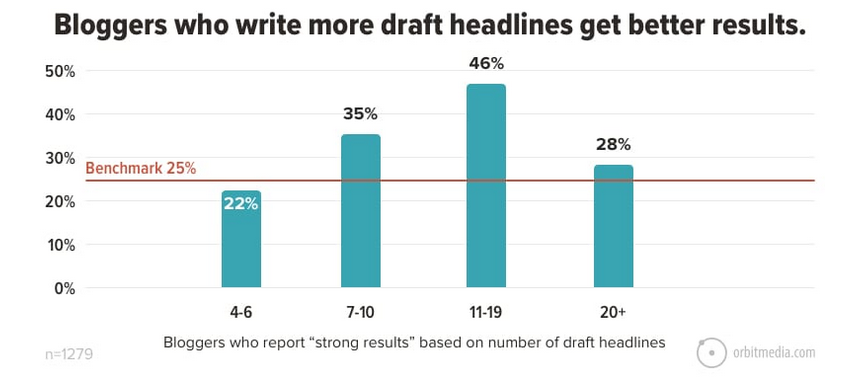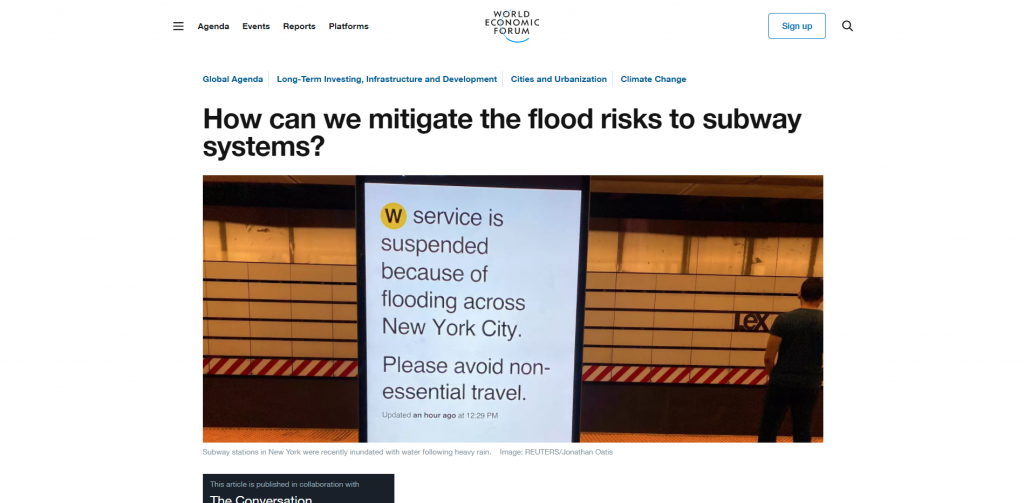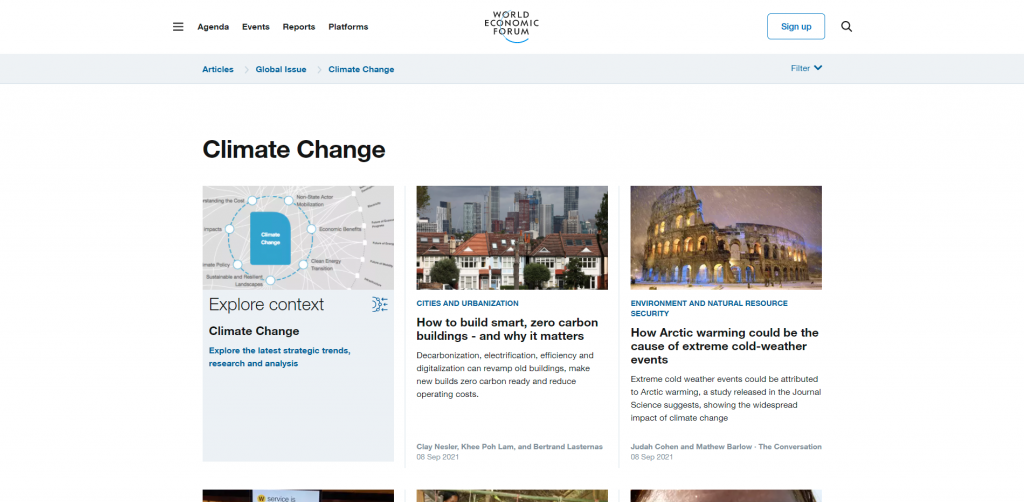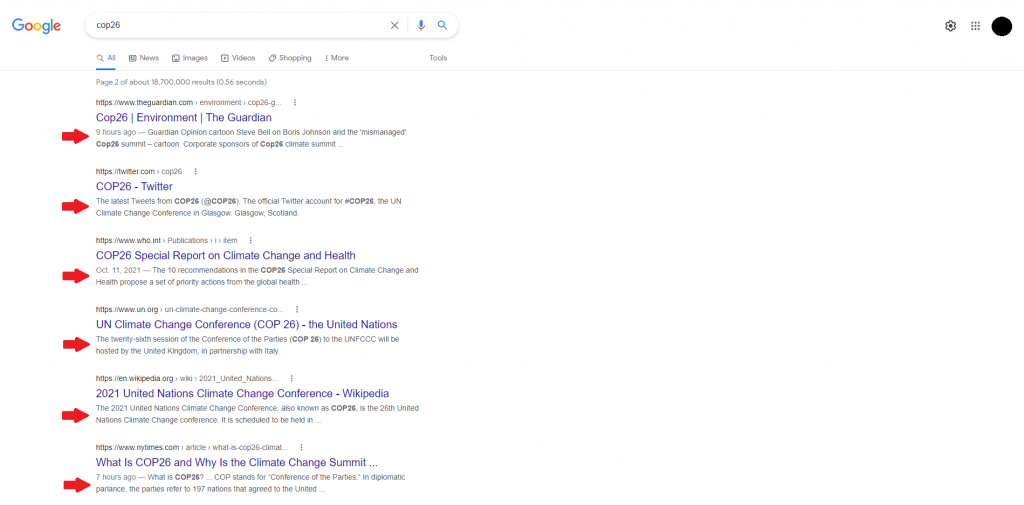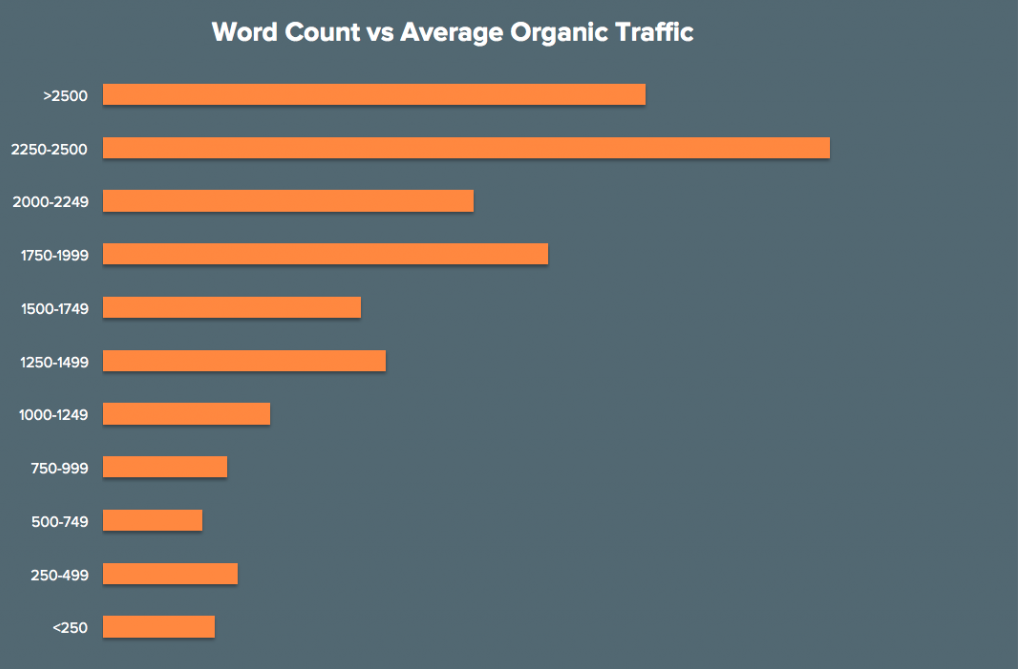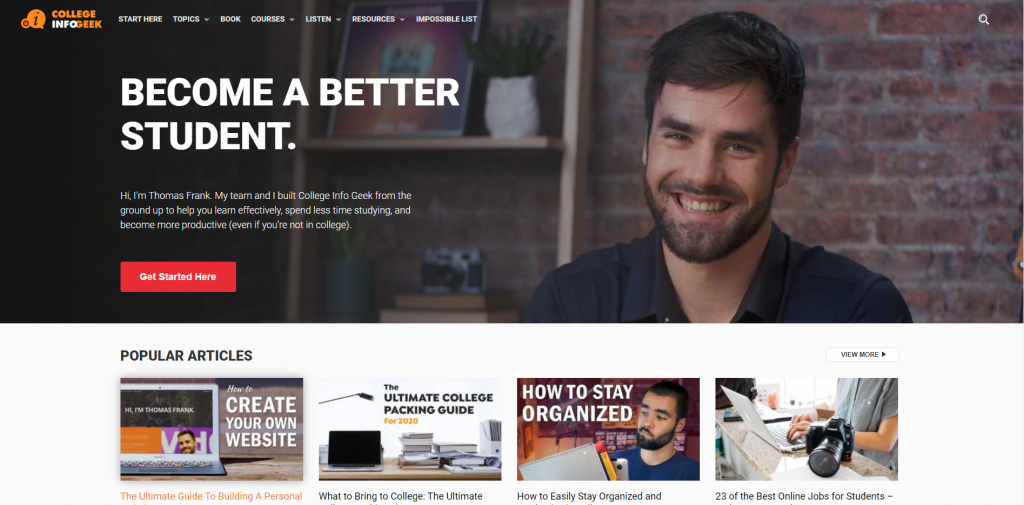How to Start a Blog?
A Step-By-Step Guide for Beginners
WHAT IS A BLOG POST?
A lot of people often get confused with “blog” and “website”. Understandable, since a blog is a type of website. The difference between both lies with one determining factor—the frequency of content being updated.
- Blog—presented in reverse chronological order with regular updates
- Website—static in nature, well crafted and organized content presented on page(s) with occasional updates
BENEFITS OF BLOGGING
Blog post is the second most popular media form in 2021, with 80% of content marketers in business-to-consumer (B2C) and 89% in the business-to-business (B2B) industry still using blog posts in their content strategy.
-
Good for search engine optimization (SEO)
Search engines like Google love new content. The more blog posts you have, combined with several other factors, the higher your search engine ranking will be. Your website will be more visible to potential and returning visitors. By providing new content regularly, you are signaling search engines, telling them that your website is still alive, giving them incentives to rank your website higher on their search engine result page (SERP). After all, these search engines dislike showing their users “old and outdated” content. Similar to websites, if users could not obtain useful information through a specific search engine, they will just move on to the next.
-
Build a relationship with your audience
Much like search engines, humans also love new and fresh content. Ultimately, search engines are designed to crawl all over the web and search for relevant websites based on the user’s query. They want to know about the latest product features. They want to know where can they get the best tacos in the city. They want to learn how to build a website (like you!) using the latest products/platforms. If you can provide what they want, this could be the start of a long-lasting author-reader relationship.
-
Establish credibility and authority
You have managed to make your website visible to others. Now the question is, how can you persuade your visitors to trust your content and follow your website, what makes you stand out from the 1.88 billion websites that we have today?
A blog is like your curriculum vitae, it is a validation of your expertise. Visitors are more likely to see you as a go-to resource if they find your content reliable and resourceful. Google actually sees this as very important, establishing credibility and authority, or what they call “Expertise, Authoritativeness, and Trustworthiness (E-A-T)”, is more one the long-list criteria to how they will rate the quality of a web page/website.
Websites or pages without some sort of beneficial purpose, including pages that are created with no attempt to help users, or pages that potentially spread hate, cause harm, or misinform or deceive users, should receive the Lowest rating.
– Google Search Quality Evaluator Guidelines
WHAT IS THE TOPIC OR THEME OF YOUR CONTENT?
Whatever that you are planning to do, the one thing that you need to do first is to figure out what your content will be about. Find the focus of your blog content—desktop setup reviews, food, game reviews, tech reviews, music library, etc. In simple words, “find a niche”. Find something that interests you, something that speaks to you and you are passionate to talk about, something you can’t wait to share with others.
I love minimalist designs and setups, and from time to time I will go to Minimal Desk and check out their product reviews and setup guides.
And no worries if you find yourself running out of ideas or even experiencing a creative block. It’s fine, it’s okay, everyone will experience this one way or the other. Take a step back, explore new places (physically and on the internet), find new sources of inspiration. If you want to know what’s the latest trend or what are people curious about in your industry/niche, you can check out services like Google Trends and Answer The Public.
Considering all different factors—not much technical expertise; able to seek help when needed; and the ability to quickly build and start the eCommerce site—I would recommend Website.com for the following reasons:
WHICH IS THE RIGHT PLATFORM FOR YOUR BLOG?
I’ll go straight to my recommendation: Website Builders. This is recommended for those who do not have much technical expertise and prefer to have access to customer support if needed. (For more details: READ MORE)
Here are three other commonly used blogging platforms: Tumblr, Medium, LinkedIn. Each designed for specific purposes
-
LinkedIn
We’ve all heard of this platform, or at some point, we even have an account. A lot of people only use LinkedIn as an online resume, with the ability to connect with others through networking invites—colleagues, influencers, business leaders, recruiters, etc, leaving out the benefits of blogging on this platform. LinkedIn is the biggest network for professionals. As of mid-Oct 2021, there are over 770 million Linkedin members coming from more than 200 countries and territories. This volume speaks much to the amount of potential exposure you can get by posting on this platform. What’s more? It’s completely free, you do not need a domain name to “sound professional”, and you can gain more exposure by connecting and inputting the correct hashtags.
The downside, you can’t customize how you want to present, access, and archive your LinkedIn posts. If members find your content interesting, they will need to navigate through your profile before getting to other blog posts that you’ve written (Profile > Activity Feed > Select content type > scroll and find specific content).
-
Medium
Medium is a great platform for long-form in-depth content. Like LinkedIn, one benefit of posting on Medium is that you are writing on a platform with an already established user base. One significant difference with Medium: you are writing and sharing ideas with like-minded individuals. This is a platform with all kinds of communities. This is a platform where you can find all kinds of communities, from general topics (“6 Common Gaslighting Phrases and How to Respond”) to niche interests (“Why is no one taught the one concept in quantum physics which denies reality?”).
That being said, if you are seeking to build a “personal space” with the ability to customize your profile page and layout, CMSs or website builders might suit your needs more.
-
Tumblr
If you are into image-focused, multimedia short-form content, and are targetting a younger audience base, Tumblr will be your ideal platform. Tumblr is very easy to use. You can start posting content the moment you finish signing up for an account. Tumblr works more like a social media platform, you can make some basic customization including input metadata, adding post titles, editing URL slug, adding tags. etc. If you are looking for a platform where you can manage your content, or a platform with more advanced blogging functions, you might be better off with other platforms.
Even just talking about website builders, we are still looking at plenty of different options. If you’re brand new to website building, I would recommend using the website builder from Website.com. It is free and easy to use, and you have access to the customer support team when encountering different issues.
HOW TO CREATE A BLOG POST?
You will need to first get a domain and web hosting account. Click here to learn how to register an account on Website.com. You can also know more about the different website building features by going through the “How to Build a Website” guide.
Once you’ve decided on a template, select Blog to create a Blog Page.
Select Blog then click Add Entry to create a new blog post.
Alternatively, you can go to blog manager.
And create blog posts by clicking Add Blog Entry. This is also where you can edit your Blog Settings.
Blog post features
-
This is the headline of your blog post.
A headline is the first impression of your blog post. You can either write an eye-catching headline catching people’s interest, or a really boring one driving people away. And like first impressions, you don’t get a second chance if your headline is bad and fails to attract people to click on it. Spend some time on crafting a headline, people typically get better results as they spend more time drafting it.
-
Customize the URL slug (if needed!)
A URL slug is basically what comes after your domain name, typically telling people and search engines what this particular web page is about. A good slug should be short and easy to read, best if visitors can easily type it out directly into the address bar of their browser.
The URL slug of your blog post should be identical to the blog title by default. Here are some common tips to customize the slug if it’s too long:
- Only include relevant keywords
- Only use lowercase letters
- Take out function words—a, the, to, with
- Use hyphens between words
-
Add specific tags
As time goes by, your blog starts to get bigger as you write and publish more. Having tags will be useful when you start grouping relevant blog posts under specific topics. Tagging blog posts makes it easier for your readers to navigate between relevant content. Just imagine your entire blog as a big puzzle piece, rather than having readers search for small pieces and group them together, you are feeding them with puzzle pieces and all they need to do is to place them together.
Add as many relevant keywords as possible when tagging blog posts. World Economic Forum (WEF) is my go-to website when I want to enrich my knowledge, they have a whole variety of articles covering different important global topics.
Top of the “How can we mitigate the flood risks to subway systems?” article page
Bottom of the page showing related blog posts to the original article
I am also interested to read more about climate change, therefore clicking the Climate Change tag.
And here’s a collection of blog posts with the Climate Change tag attached to them.
You are creating a stream of content and building up your credibility by utilizing the tagging system, people tend to feel more confident about a website when seeing a good amount of content. And as long as it is organized, visitors can navigate through relevant content that they find useful, they are likely going to spend more time on your website. Hence, improving your website’s SEO ranking. (We will talk more about this in a bit.)
-
Blog post excerpts
These are short summaries of your blog posts that will appear on your main blog page, giving your visitors a teaser of the full blog post. The blog excerpts will also serve as preview texts that appear on search engine results pages (SERP) or when you share your blog posts on social media.
If you opt to leave this blank, Website.com will show the first 500 characters of your blog post content as excerpts.
HOW IS THE TIME SPENT ON A WEB PAGE AFFECTING ITS SEO RANKINGS?
First, “dwell time”—the time spent on a web page the moment a person clicks on the URL link from the SERP then closes the tab, or returns to the SERP. If the blog post has a relatively short dwell time, potentially your visitors are not finding your content useful, or you might need to adjust your metadata to match what users are searching for.
Even Google is gradually putting more emphasis on user experience. Are they giving the “correct” search results? Are users finding what they want and need when using Google’s search engine? Are users happy with Google’s SERP?
Another way to determine whether visitors are satisfied with your website is to calculate the percentage of visitors leaving your website without interacting with any navigation links within the same domain, we call this the “bounce rate”. The lower the bounce rate you have, the more likely your visitors are satisfied with the content that you are publishing and decide to give a shot to other content that you’ve published.
ADDITIONAL TIPS ON BLOGGING
Publish content regularly
First, what is the goal of blogging? It will ultimately affect the blogging frequency. Frequently publish shorter pieces if you are aiming to boost your traffic. This will work well if your website is about newsy or trending topics. But say if your website is focused on providing in-depth insights on world issues, it might be better if you put focus on quality over quantity.
You might also want to adjust your publishing frequency based on:
- The capability for you (or your team if it is a company website) to create valuable content
- The preference of your readers (which requires some experimentation—E.g. Track site traffic when changing frequency or readers’ poll)
The general rule of thumb, regardless of how many blog posts you are planning to publish, whether it is daily, weekly, bi-weekly, or monthly. Always try to keep a consistent schedule and not compromise quantity over quality.
Length of blog post
Longer blog posts with around 2500 words generally do better in generating leads. According to Snap Agency, blog posts with around 2250 to 2500 words generally generated the most organic traffic.
Source: Snap Agency
Here’s a list by HubSpot, on the suggested post length depending on the type of content:
(Remember, this is just a suggestion, not a must!)
- Pillar page (a 101 guide with links to a cluster of contents): 4000 words
- List-based posts: 2300 – 2600 words
- Business lead generation: 2500 words
- Search engine optimization (2021) : 2100 – 2400 words
- “How to” blog posts: 1700 – 2100 words
- “What is” blog posts: 1300 – 1700 words
BLOG EXAMPLES
College Info Geek (Visit)
College Info Geek produces a wide variety of content ranging from articles, images, podcasts, and videos, nicely grouped under different categories. But they even went a step further to craft a “Start Here” page, with selected content based on different topics, so new visitors will have a better sense of what different “topics” are about.
This is also a good example of writing about a relatively niche topic. I mean just about college life and boosting productivity, but they’ve still managed to publish all these contents and stick to this theme for over a decade? This is not easy.
Pinch Of Yum (Visit)
Pinch Of Yum is my favorite food website (well, I won’t deny the part that it’s all about healthy diets), and is potentially one of the most organized recipe blogs that I have ever seen. Their categorizing system is on the next level, not only based on food type, but cooking methods, course, ingredients, and much more. They also have a section aimed to help future food bloggers by providing resources, strategies, and advice.
Slack (Visit)
What Slack excels in is the number of hyperlinks they have within each article, linking back to another Slack article. We call these “interlinks”, which basically refers to any link of a page of one domain, linked to another page of the same domain (still within https://slack.com). The more interlinks you have, it will help to further add page value by spreading link equity, boosting total page views, and improving visitors’ time on your website, and many more.
It is definitely not easy to reach the same level of these three examples, after all, there is a team behind all these blogs. Someone who writes, someone who edits, someone who thinks about the overall design and style guide, someone who focuses on optimizing for SEO, etc. But the idea here is that each blog excels differently, and whether it’s a general topic or something niche, there is still a way to expand and produce a wide variety of content.
And no matter what you do, remember to always track the website traffic of your website. These statistics will give you different ideas to what kind of topic are people interested in, whether your current publishing strategy is working, and how are your visitors “feeling” about your website.

